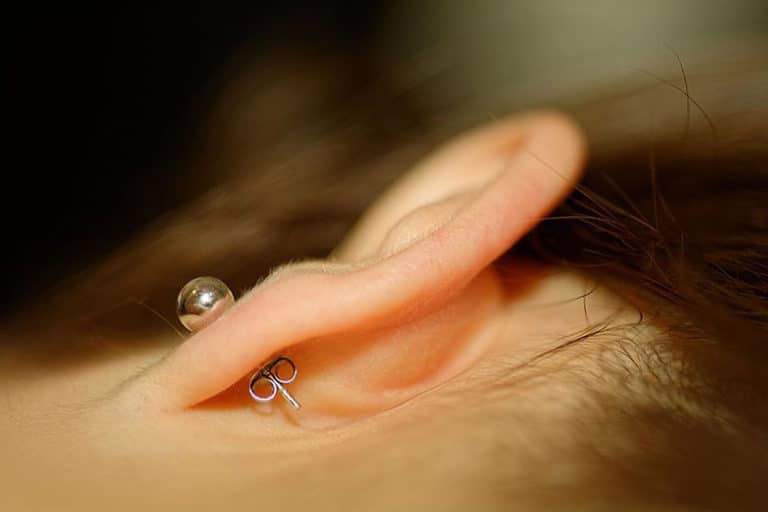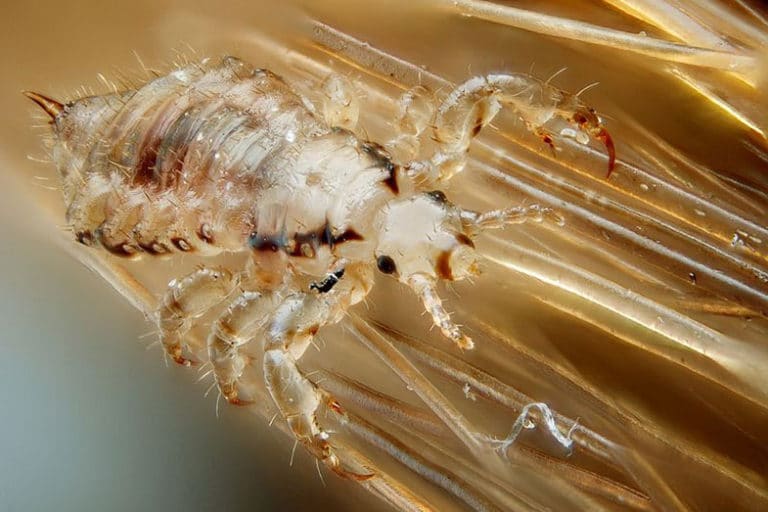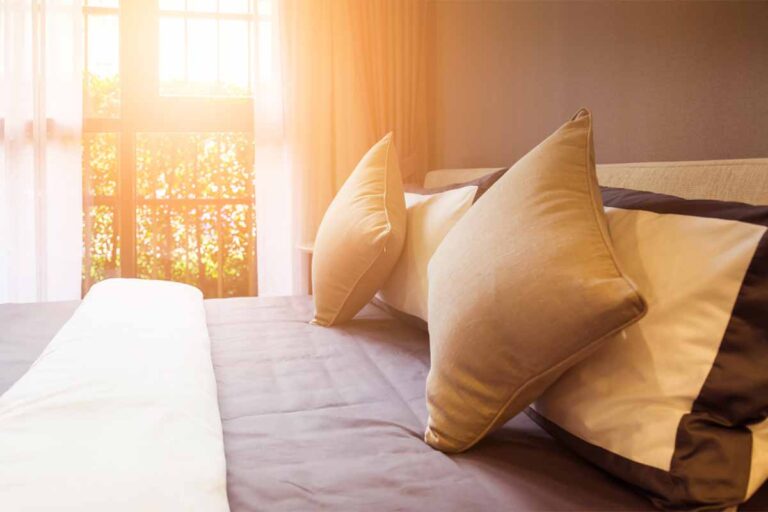Where Do Raccoons Sleep During the Day?
Disclosure: We may get commissions for purchases made through links in this post.
Raccoons are mammals known for their nocturnal habits. While active at night, these intelligent creatures sleep during the day.
Where do raccoons sleep during the day? These opportunistic mammals usually sleep during the day in dark tunnels such as hollow parts of trees or logs, or even in barns, attics, sheds, and basements. In urban areas, they may sleep in abandoned vehicles or on top of telephone poles.
If you want to know more about a raccoon’s sleeping habit, here are some things you may find interesting about them.
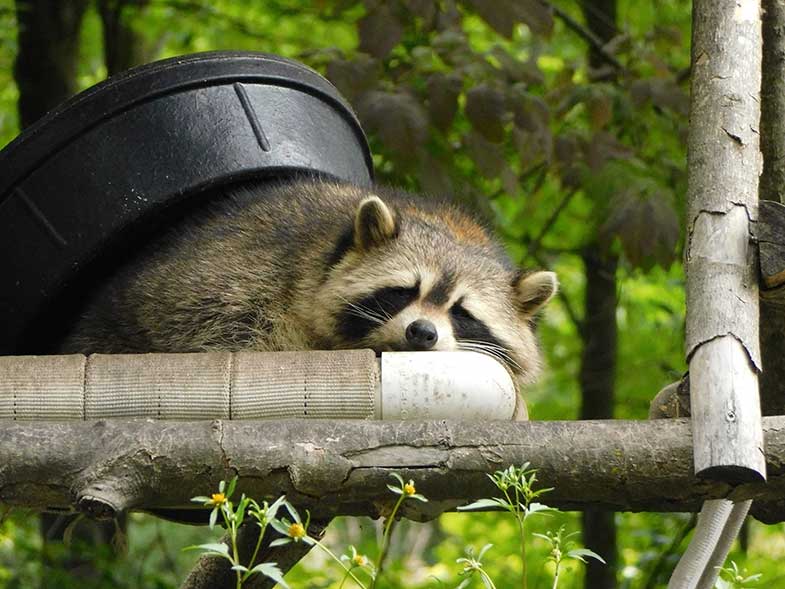
When is a Raccoon’s Bedtime?
Since raccoons are nocturnal, they sleep during the day and stay up all night looking for food. Most often, these creatures find their dens at sunrise to sleep during the day. When food is scarce, these foraging omnivores can sleep for a long time.
Nevertheless, you can still find some raccoons foraging for food during the daytime, especially in urban environments. It is particularly true for mother raccoons that change their habits with the arrival of their babies. With the new obligations, the female raccoon may forage during daylight to get extra nutrition for the young ones. Raccoons who are scouting for new territory may also be seen out during the daytime.
After sunset, the rested raccoons will leave their dens and go to their nearest food source. These creatures will typically eat everything, and their food sources can be ponds, rivers, garbage cans, and farm fields.
What Does a Raccoon Nest Look Like?
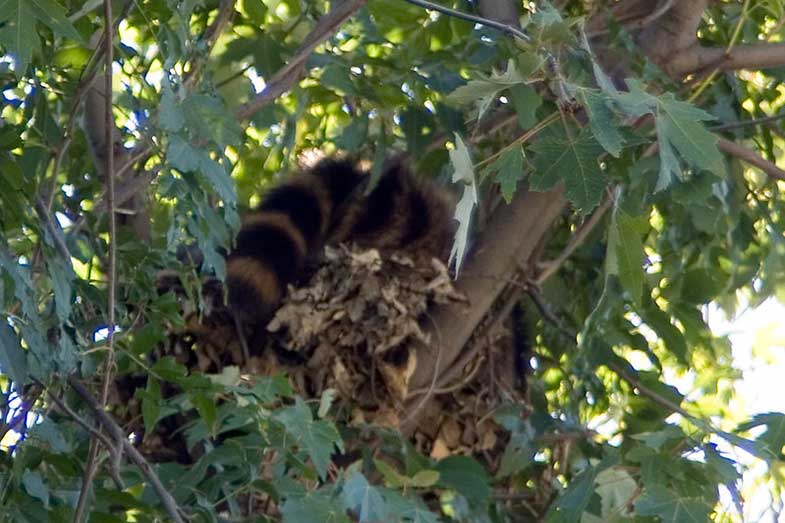
Raccoons are usually active during spring, summer, and fall, and just like most creatures, they tend to build nests. Their mating season begins in January, and they can nest up to June. For this reason, raccoons build their nests in secure, warm, and dry sites, which only they can access.
In most cases, mother raccoons will be inside homes if they are planning to have a family. At home, they will be more comfortable and at ease when the time to deliver comes. They are great places to raise babies and keep them protected from predators and other elements. This explains why most raccoons that invade homes are females.
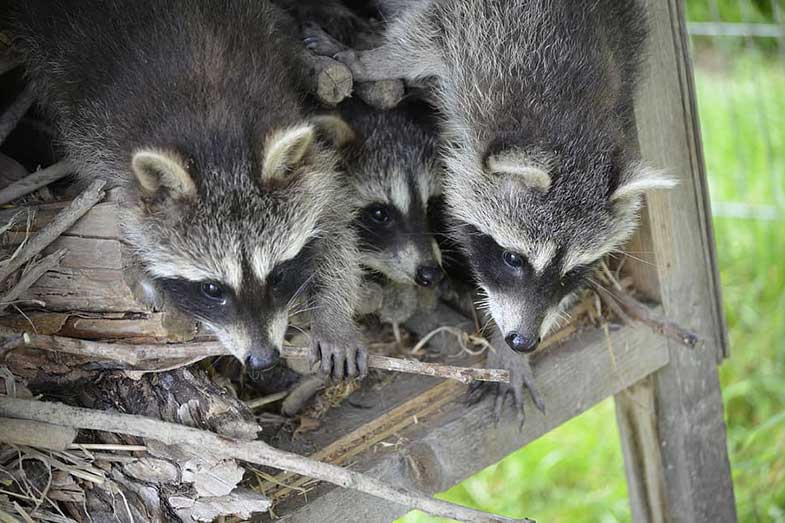
Raccoons are not particular when selecting materials to build their nests. Long grasses and hay are the most common materials that raccoons use to build the outside of their nests. They can haul pieces of fabric back to their den location. For adequate insulation, they tend to hoard the material so that there is an adequate pile to hideaway in.
Does Daytime Behavior Mean Rabies?
Rabid raccoons show abnormal behaviors like walking during daylight; however, this doesn’t mean that all raccoons that are active during the day have rabies. As mentioned earlier, raccoons are highly adaptable creatures that can change their behaviors to find a source of food.
For instance, you may find a mother raccoon with her babies during the day on a hunting trip. It is also not surprising to find raccoons out during the mating season or in urban areas when foraging for food.
It is essential to know the typical behaviors of raccoons, so you can easily distinguish a healthy one from a sick one. If you see a daytime raccoon that is moving with purpose and whose limbs are working as required, then it is most probably healthy.
However, if the raccoon acts erratically during the day, then they are likely to have rabies. Sick raccoons may exhibit behaviors like walking in staggers, overly aggressive, and may appear disoriented. Therefore, caution should be exercised when you come across raccoons during the day or night. Do not approach or feed the raccoon regardless of the time of day.
Where Do Raccoons Sleep in the Winter?
Unlike other animals, raccoons don’t hibernate. They can be woken up, and their metabolic rate doesn’t change. However, during winter, they sleep longer and seldom leave their dens until after several weeks. During winter, these animals sleep in dens and don’t head out to look for food.
As a result, they eat more during fall so that their bodies survive on stored fat in colder seasons. Apart from their dense coat of fur, they use the extra layer of fat gotten during fall to insulate themselves. The University of Michigan’s Animal Diversity Web established that raccoons lose about 50% of their body weight during cold seasons.
Where Do Raccoons Sleep in the City?
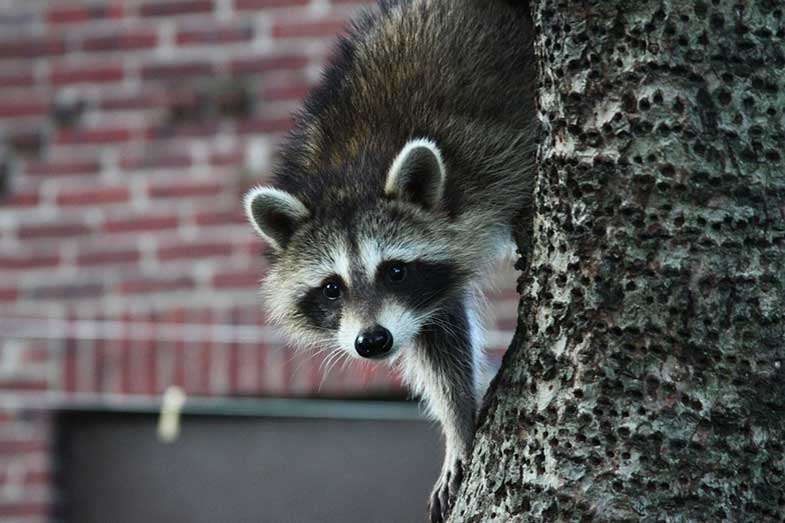
Raccoons can thrive on a variety of habitats, including the urban city. While they are mostly found in areas with lots of trees and bodies of water, they can also adapt well to city life. You will find these clever creatures foraging for food in garbage cans as well as raid campsites.
They are mostly found in areas such as Europe, North America, Central America, and Japan. In the urban areas, they make dens, caves, trees, abandoned vehicles, barns, brush piles, and other human-made locations in their homes. In suburbs and cities, you may find them on hydro poles rather than on trees. They will likely come down when the street is quiet and not busy.
Raccoons also prefer to live in certain parts of homes such as attics and chimneys. Mothers will scout for a safe place from elements and predators to give birth in. During this phase, raccoons can hide in attic or roofs of houses.
Why Do Raccoons Nest in Attics?
In most cases, female raccoons nest their babies in the attic for about eight months. If you find a raccoon in your attic, there is a likelihood that you will find a nest of baby raccoons. During the nesting season, raccoon mothers require a safe and secure place, and the attic is a great choice.
Any male raccoon apart from the father is likely to kill the babies to mate with the mother. Hence, the mother must find a secure place where she can hide her babies. To insulate the area, the mother can use anything in the attic, including long hay and grasses.
How to Remove Raccoons From the Attic
If you find raccoons in your attic, it is best to remove them by hand, as trapping them will only cause more harm or damage. Look for a time when the mother is out foraging and remove the babies one at a time.
Alternatively, you can set up a trap for the raccoon mother, so you can safely evict the kits. Also, ensure that you don’t keep them apart for very long as the babies will starve.
If you are unable to remove the raccoon and its litter, don’t hesitate to seek professional help from a local raccoon removal expert. This will save you money and time as raccoons can cause severe damage to houses when left unattended.
What Do Raccoons Feed On?
Raccoons are omnivorous mammals that will pretty much eat anything edible, including meat and vegetable. These animals are not fussy eaters and can eat leaves, frogs, grasshoppers, fish, squirrels, bird eggs, worms, cricket, and many more. Raccoons also include vegetation in their diets such as watermelons, peaches, berries, citrus fruits, apples, figs, cherries, wild grapes, walnuts, acorns, plums, corns, and beach nuts.
When food is scarce, raccoons are well able to source their food from human trash. They also love to scavenge food that has been left behind by other animals. Also, despite not being fussy eaters, these animals are known for washing their food before consuming it. According to researchers, this helps them to get rid of unwanted parts as water enhances their sense of touch.
How to Prevent Raccoons in Homes?
Homeowners can take various precautions to prevent the infestation of raccoons in their homes. For instance, they should inspect the property regularly for potential openings. Raccoons can enter homes through points of entry like holes, broken vents, and uncapped chimneys. If you notice any of these openings, be sure to seal them as soon as possible. It is also advisable to place a mesh cover on the chimney and potential openings on the roof.
- Seal garbage cans – Being opportunist feeders, raccoons survive on pet food and garbage, especially in urban areas. To resolve conflict with them, ensure that the garbage cans are properly sealed. When food is contained, the raccoons will be discouraged from frequenting the area.
- Use motion-detector lights – Another useful measure to deter raccoons from your property is to use outdoor motion-detector lights (view on Amazon). Playing a radio near the den can also annoy them and encourage them to move on. It is also paramount to remove buildup debris, leaves, and bushes as they can serve as dwelling places for raccoons.
Make Sure They Are All Out
It is, however, essential to allow the animals to exit before you close up their entry points. This is especially crucial if there are young raccoons, also known as kits, in your property. Otherwise, the mother will cause more damage while trying to get her babies. Once all the raccoons have moved, secure the area to avoid re-entry.
Conclusion – Where Do Raccoons Sleep During the Day?
While raccoons are naturally nocturnal, it is not surprising to bump into one in broad daylight. They spend the best part of the day sleeping, usually in dens and leave to search for food at night. Once you understand their habits, it will be easier to come up with ways to discourage them from entering your home or property.

